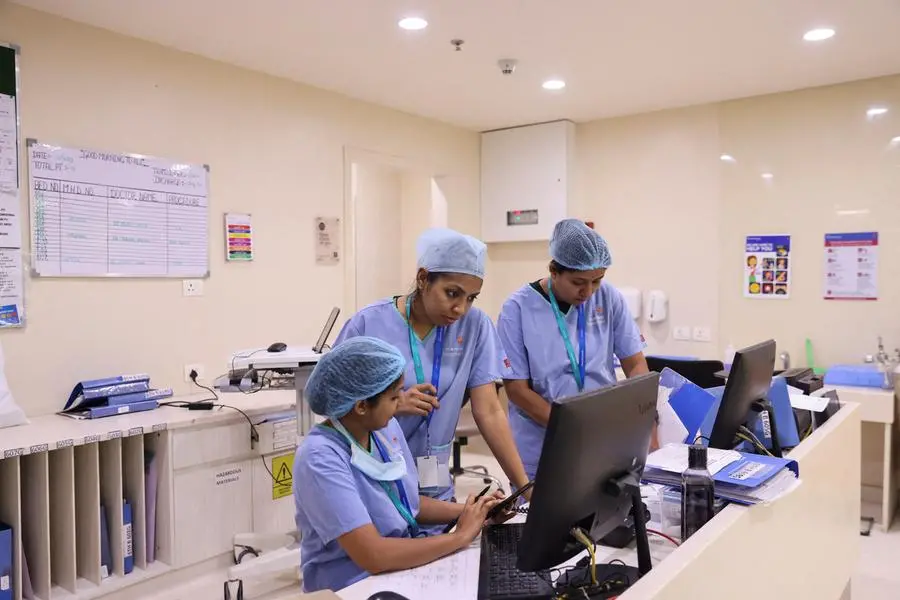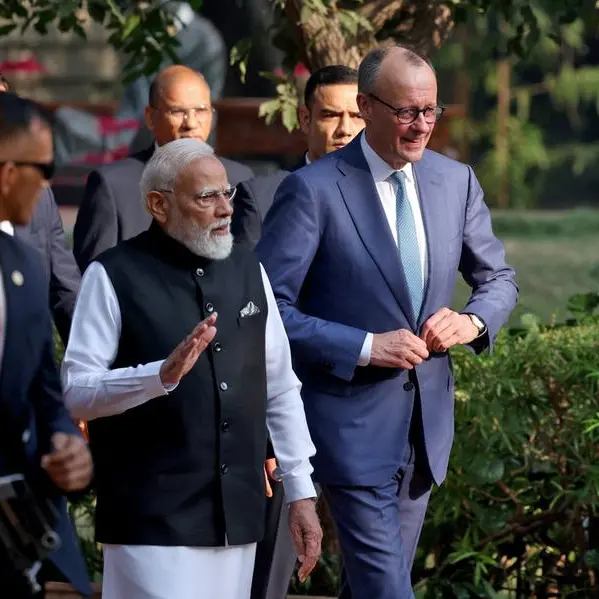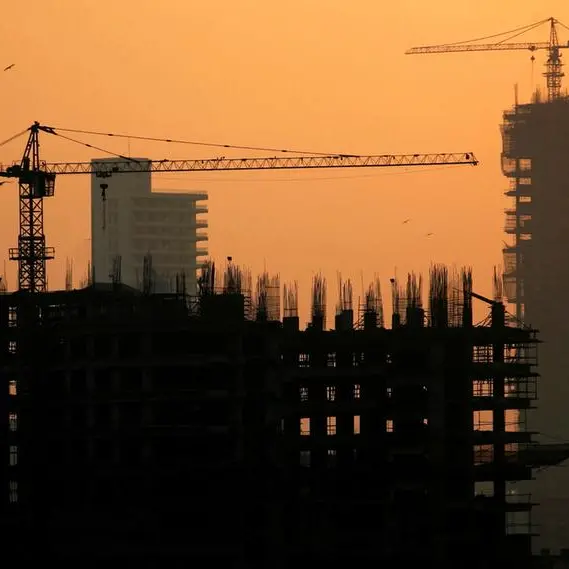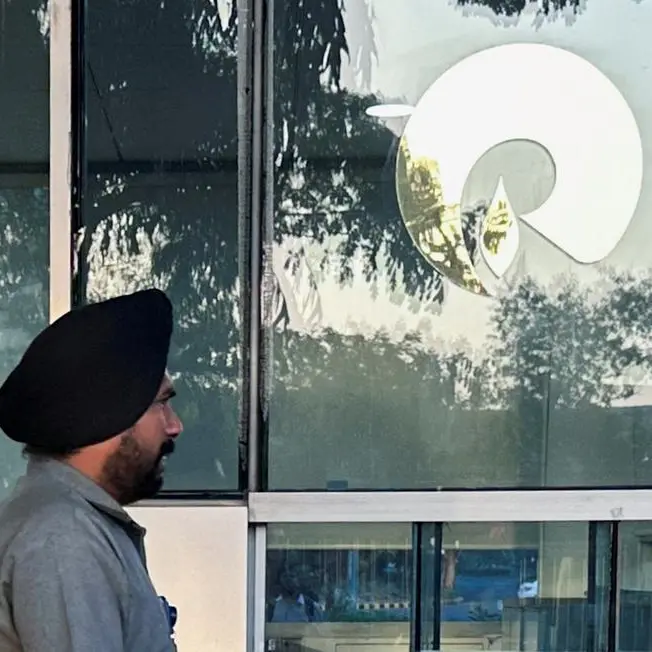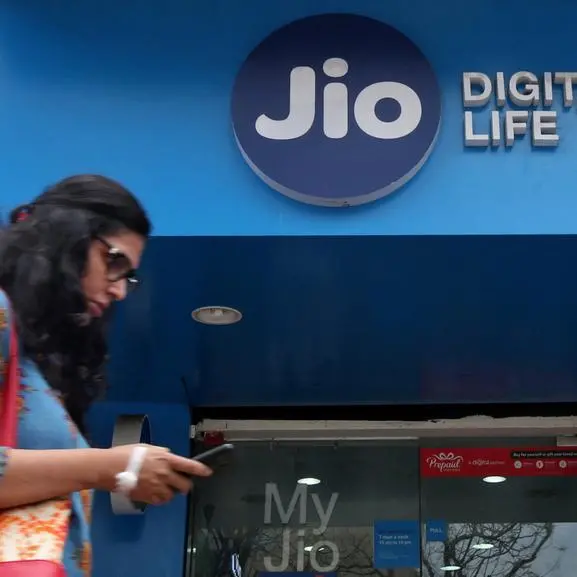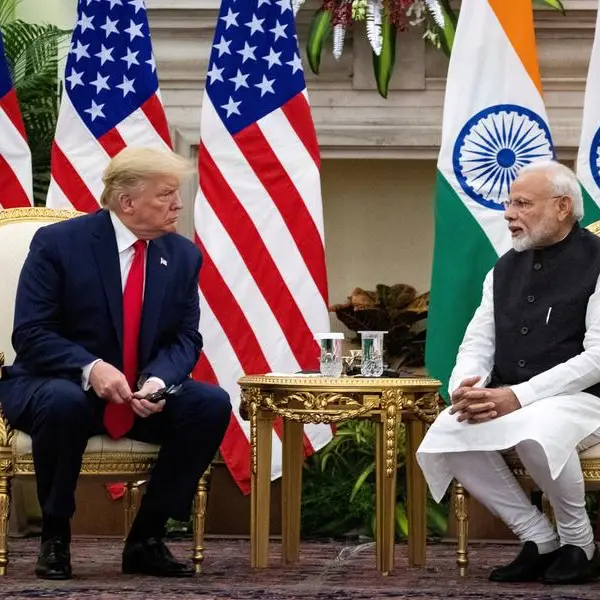PHOTO
India's prominent hospital chains are shifting their focus to smaller centres and facilities as they chase growth in the booming healthcare market while coping with higher real estate costs and a dearth of land space in its cities.
Though healthcare facilities are still in short supply in most parts of India, and especially so in its towns and smaller cities, patients in the world's most populous nation are showing a greater preference for specialised-but-accessible amenities in the post-COVID pandemic era.
That trend is expected to form the bedrock of demand in the Indian healthcare market, which, according to forecasts by global consulting firms Boston Consulting Group and B Capital, is expected to grow near three-fold over eight years to $458 billion in 2030.
"We don't build facilities with 600-700 beds anymore as you have to be catering to a micro market," Temasek-owned Manipal's Managing Director and Chief Executive Officer Dilip Jose said, highlighting how India's second-largest hospital chain plans to focus on units with 250-325 beds.
The change is also reflective of infrastructure issues.
"Metro Indian cities are too large and the traffic at these cities is making it difficult for people for travel to one large hospital," said a spokesperson at children's-hospital chain Rainbow.
That is forcing hospitals to evaluate "micro markets" within the cities and build smaller hospitals to cater to them.
India has 1.3 beds per 1000 people, well below the World Health Organization recommended ratio of 3 per 1000, indicating it needs 2.4 million additional beds, a study by property consultancy Knight Frank and its US partner Berkadia showed.
It needs an additional 2 billion square feet of healthcare space to cater to its 1.42 billion people, the study said.
CHANGING TACK
Healthcare providers are also looking to get more bang for their buck.
"Bringing the services closer to the customers is to a large extent also driven by the economies of scale, which best works up to a sizing of 300-350 beds," said Saurabh Mehrotra, executive director, valuation and advisory at Knight Frank India.
Some hospital chains such as Fortis Healthcare, partly owned by Malaysia's IHH Healthcare, are shifting gears to cope with volatile real estate prices.
Fortis is relying mostly on "brownfield" sites, or land that has previously been built on, rather than land that has yet to be developed, while expanding.
"This approach allows us to efficiently advance our expansion plans without the burden of fluctuating land prices," Fortis MD and CEO Ashutosh Raghuvanshi said.
Manipal will rely on the "smaller is better" formula while expanding in metros such as Hyderabad and Pune, and Tier 2 cities in Kerala, Andhra Pradesh and Maharashtra, CEO Jose said.
India's largest private hospital chain Apollo Hospitals aims to add 2,860 beds over the next three years, including in Tier 2 cities such as Mysore and Varanasi, while Rainbow will focus on expanding in the smaller cities of Andhra Pradesh and Tamil Nadu.
Some of the larger Indian healthcare providers are also moving to an asset-light strategy, keeping the land and building out of their books, according to Knight Frank's Mehrotra, forcing commercial property firms to change too.
"Now, the developers are more amenable to build-to-lease and have a 20-30-year contract with a visibility on cash flow than to build with a purpose to sell," the Rainbow spokesperson said.
(Reporting by Aby Jose Koilparambil in Bengaluru and Rishika Sadam in Hyderabad; Editing by Dhanya Skariachan and Muralikumar Anantharaman)
